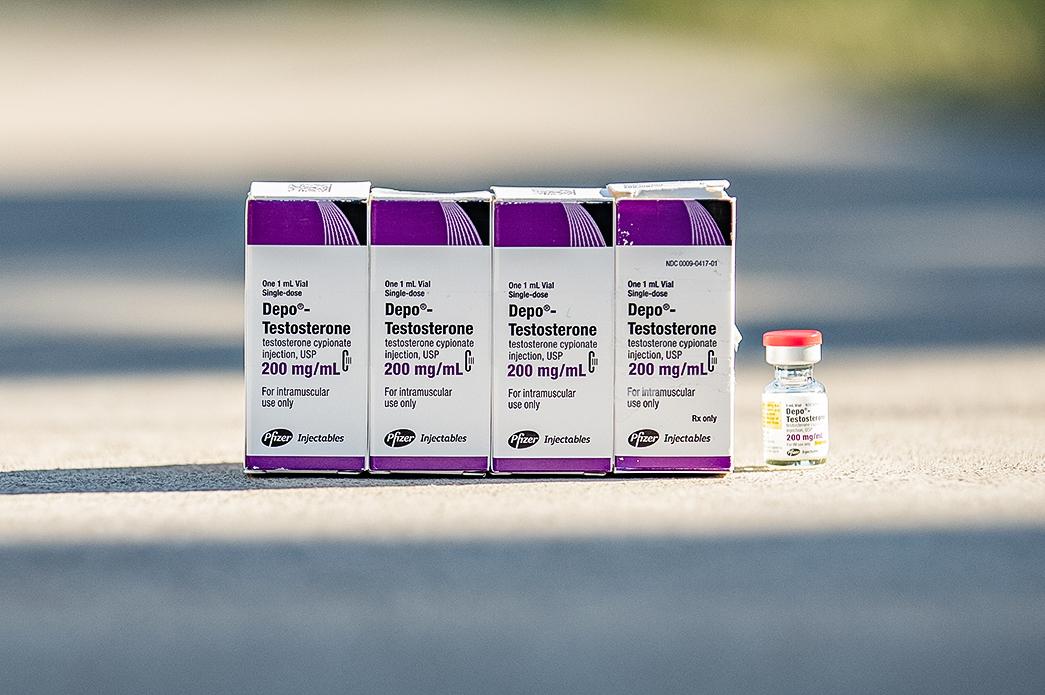Canadian policies tend to be less strict than those in Northern and Western European countries, according to the findings of a landmark study series from the Calgary-based Aristotle Foundation for Public Policy and Do No Harm, a group of health-care professionals and policymakers who advocate for keeping identity politics “out of medical education, research, and clinical practice.”
“Here, at a much younger age than Europe, patients are eligible for invasive surgeries that are potentially irreversible and medically harmful.”
Among European countries, the most permissive policies are found in France, the report said, while noting that in contrast to North America, France’s medical authorities have “recognized the uncertainties involved in transgender medical care for children and have urged great caution in its use.”
North America also favours gender affirmation—the idea that questioning a minor’s gender self-definition is harmful and unethical—while Northern and Western Europe have “begun to reject such automatic assumptions,” the authors wrote.
“Studies show that only 12 to 27 percent of cases of childhood gender dysphoria persist into adulthood,” and because gender-affirming care is “largely irreversible” strict barriers are necessary to protect minors, the report said.
Puberty Blockers
The minimum age for puberty blockers is vastly more liberal in Canada than in any other country, the study found, noting that eight of 10 provinces have no minimum age requirement.Alberta and Nova Scotia are the only provinces with some age conditions in place. Alberta bans puberty blockers before age 16 while Nova Scotia requires applicants to reach the second stage of puberty, which typically occurs between the ages of 11 and 12.
Most European nations allow puberty blockers for young teenagers with parental consent and at age 15 or 16 without parental consent.
In contrast, puberty blockers cannot be prescribed before age 18 without parental consent in most U.S. states. In Sweden and the United Kingdom, puberty blockers for minors under age 18 have either been banned or paused, the report said.
The UK announced a ban of puberty blockers March 12, citing safety concerns.
The review said puberty-blocker treatment in children with gender dysphoria should be “considered experimental treatment rather than standard procedure.”
Pediatrician Dr. Edward Les, who co-authored the newly released Canadian report, said more weight should be given to the studies coming out of Sweden and the UK.
Cross-Sex Hormones
Seven of 10 Canadian provinces have no minimum age requirement for cross-sex hormones, with Alberta, Saskatchewan, and Nova Scotia being exceptions.In Alberta and Saskatchewan, hormonal treatment is banned for children 15 years and younger. As with puberty blockers, children in Nova Scotia cannot begin treatment until they reach the second stage of puberty.
Some U.S. states restrict access to cross-sex hormones, while lawmakers in other states are considering restrictions. Oregon is the most permissive state, allowing minors as young as 15 to use them without parental consent.
Most European countries prohibit cross-sex hormones for minors 15 and younger, but allow them after age 16 with parental consent. Teens need to be 18 to take hormones without parental approval.
Physical changes include breast growth, shrinking of the testicles, decreased sperm production, decreased muscle mass, and less body hair growth. While some of these changes will diminish if treatment is stopped, breast growth and testicle shrinkage are permanent.
Sex-Reassignment Surgery
Two of the most common sex-reassignment surgeries are “bottom” surgery to transform and reconstruct the genitals, and “top” surgery to remove breast tissue for a more masculine appearance or enhance breast size and shape for a more feminine appearance, according to the Ottawa Hospital. Facial reconstructive surgery, to make facial features more masculine or feminine, is also an option.Most provinces in Canada set 18 as the age of informed consent for sex-reassignment surgery, although four provinces allow it at earlier ages if the minor is “deemed capable of making informed decisions” without parental consent.
Saskatchewan, Manitoba, New Brunswick, and Newfoundland and Labrador follow that philosophy while Alberta, Ontario, and Prince Edward Island all adhere to the 18-or-older rule. In British Columbia, surgery applicants must be 19 or older for bottom reassignment surgery, but permit top surgery “with consent of the applicant or their guardians, depending on their assessed capability.”
In Quebec and Nova Scotia, patients must be at least 18 for bottom reassignment surgery but can request a mastectomy at the age of 16.
Some U.S. states restrict minors’ access to sex reassignment surgery, while lawmakers in other states are considering it, the report said, noting that “gender-affirming” mastectomies have been performed on children as young as 12.
In the UK, Sweden, Luxembourg, Belgium, Germany, and Finland, sex reassignment surgery is not performed before age 18.
“Parental consent is not a factor since surgery is not performed on individuals under the age of consent,” the report said, although some countries allow mastectomies before the age of 18. France was the most liberal of the countries, saying breast removal surgery is “theoretically possible” at the age of 14, but is generally performed after age 16.
Aside from age, requirements to receive surgery in Canada vary from province to province.







